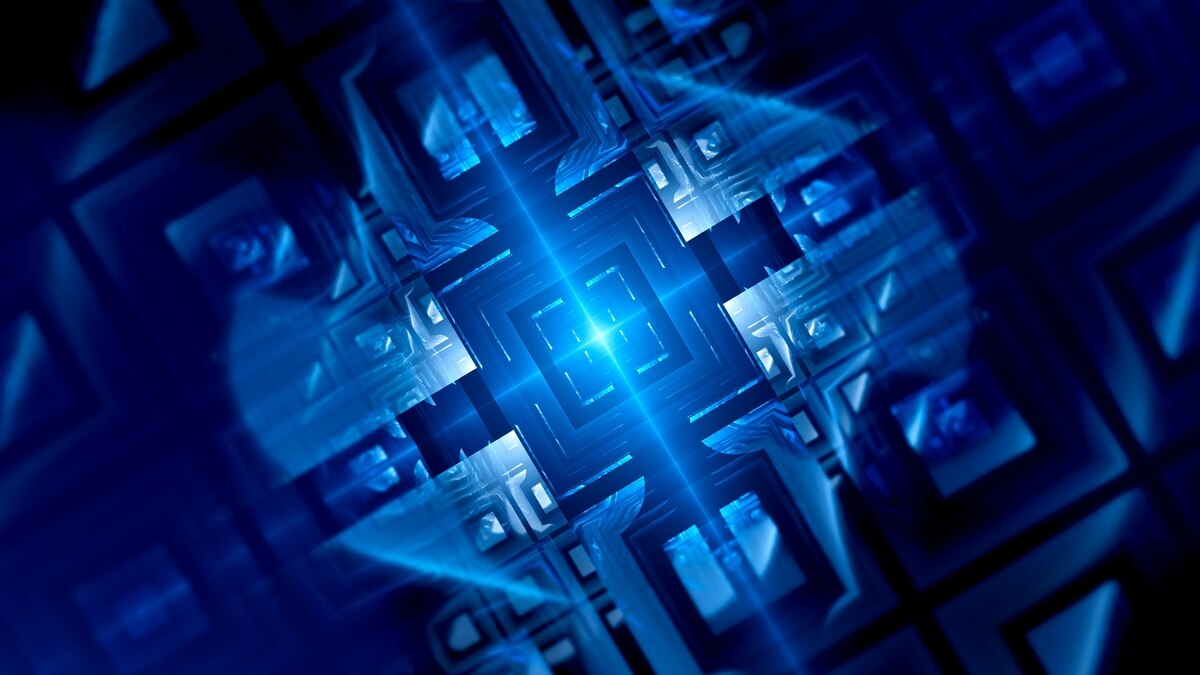El Departamento de Defensa de EE.UU. debe determinar la amenaza a la seguridad nacional que representa la computación cuántica, como parte de la nueva ley de política de defensa. Las poderosas computadoras cuánticas pueden romper las capacidades de cifrado actuales, lo que significa que las comunicaciones seguras con los sistemas actuales serán casi imposibles. Por otro lado, los adversarios con capacidades cuánticas podrán comunicarse de forma segura sin temor a ser interceptados por Estados Unidos, a menos que consiga su propia computadora cuántica.
WASHINGTON — The U.S. Department of Defense must determine the national security threat posed by quantum computing, as part of the new annual defense policy law.
The fiscal 2021 National Defense Authorization Act, which became law New Year’s Day after the Senate overrode President Donald Trump’s veto, contained a provision that directed the department to deliver a report to Congress that provides a “comprehensive assessment of the current and potential threats and risks posed by quantum computing technologies to critical national security systems.”
“[Cryptology] is … the backbone of much of our security,” said Joël Alwen, chief cryptographer at Wickr, a secure collaboration platform.
Powerful quantum computers pose a danger to national security because they may be able to break current encryption capabilities, meaning secure communications under current systems will be nearly impossible. On the flip side, adversaries with quantum capabilities will be able to communicate securely without fear of interception by the U.S., unless it achieves its own quantum computer.
“Quantum computing may allow adversaries to decrypt [unclassified, classified or sensitive] information, which could enable them to target U.S. personnel and military operations,” a November Congressional Research Service report warned.
The Department must identify and prioritize critical national security systems at risk by quantum computing. The assessment must be completed by Dec. 31, 2021, and the secretary of defense must brief defense committees by February next year. Determining the risk posed by the emerging technology, Alwen said, includes understanding the criticality of the systems that need protected.
“It’s a combination of the technical understanding of what the risk really is, mixed with understanding of the content, the data and what its value is, and what exposure of that data represents,” Alwen said.
The Pentagon must outline its needs to be secure in a world of quantum computing and any funding shortfalls in public and private sector efforts to develop quantum-resistant cryptology. The assessment must also include a review of the standards under development by the National Institute of Standards and Technology for quantum-resistant cryptology, as well as an evaluation of alternative quantum-resistant algorithms.
Fuente: https://www.c4isrnet.com


